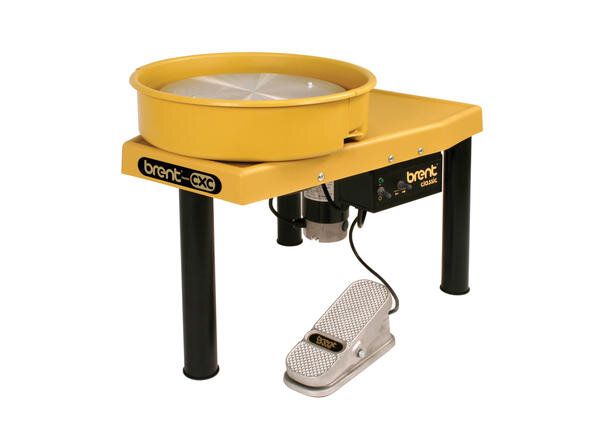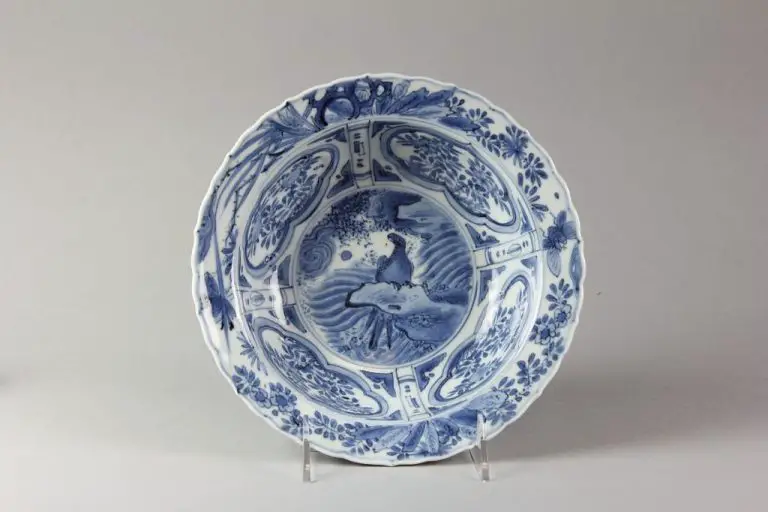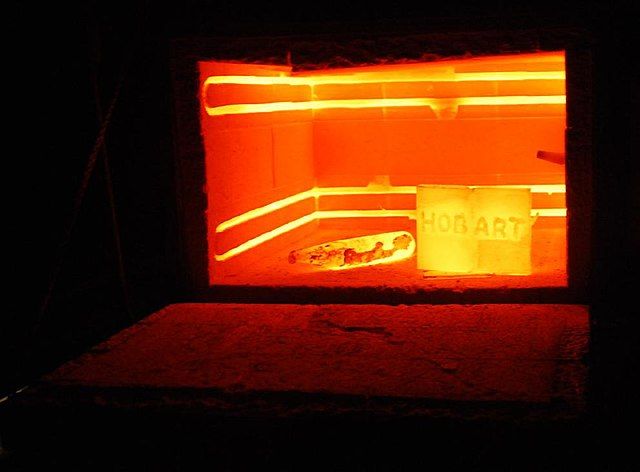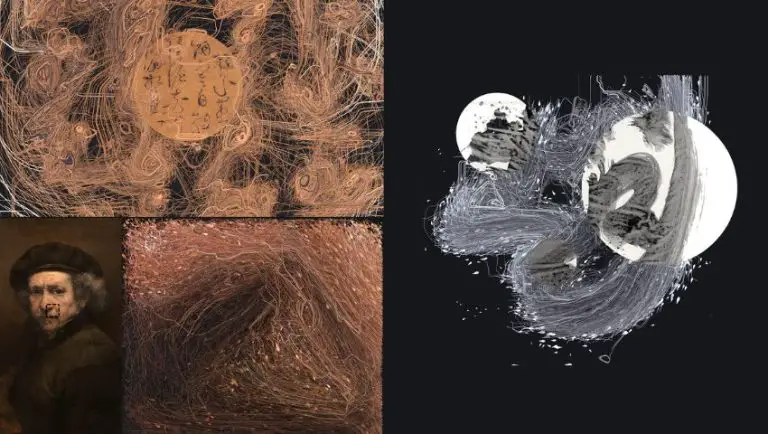Can Model Magic Clay Get Wet?
What is Model Magic Clay?
Model Magic is a popular brand of air-dry clay produced by Crayola. It consists of a non-toxic, lightweight molding compound that air dries to a lightweight, solid material. Model Magic was first introduced in the 1970s as an arts and crafts material for children and hobbyists.
Unlike oven-bake polymer clay, Model Magic does not require baking or firing to harden. It air dries to a consistency similar to a hard foam and can be easily shaped, molded, cut, sanded, and painted. The main ingredients in Model Magic are cornstarch, glue, and boric acid.
Model Magic is a lightweight, non-toxic product that is easy for kids and beginners to use. It’s a versatile material used for arts and crafts projects like figurines, jewelry, ornaments, architectural models, and more. The soft texture makes it easy to mold by hand without requiring specialized tools or equipment.
One of the signature features of Model Magic is its bright rainbow colors. It’s available in standard colors like white, black, primary colors, and neons. Specialty varieties include glitter, glow-in-the-dark, pearl, and tie-dye colors.
Is Model Magic Waterproof?
No, Model Magic clay is not waterproof. Unlike some polymer clays that can be baked or cured to become more durable, Model Magic is an air-dry clay that remains porous and absorbs water very easily. When exposed to water or moisture, Model Magic becomes soft, sticky, and eventually falls apart as it absorbs the liquid. Even high humidity can negatively impact Model Magic creations over time. So it’s important to avoid getting Model Magic wet if you want your projects to maintain their shape and structure.
What Happens When Model Magic Gets Wet?
If Model Magic clay gets wet or is exposed to moisture, several things can happen. The clay will begin to absorb the water, causing it to become sticky, gummy, and soft. As it absorbs more water, the clay will start to break down and lose its shape. Prolonged exposure to moisture can cause the Model Magic to partially or fully dissolve into a goopy puddle.
When wet, the original dry, lightweight texture of the Model Magic will be compromised. The absorbed water adds weight and causes the material to sag or slump if used for modeling. Any fine details made into the clay will likely become lost and indistinguishable as the wet clay blends and morphs together.
The degree of damage from getting wet depends on how much water the Model Magic absorbs. A quick splash may only cause superficial stickiness, while prolonged submersion can dissolve the clay entirely. However, even a minor amount of moisture can make the clay difficult to handle or manipulate.
Tips for Using Model Magic Around Water
If you want to use Model Magic in a project that may get wet, there are some precautions you can take to protect the clay:
Seal it – After the Model Magic has dried, you can brush on a sealant like Mod Podge, polyurethane, or epoxy resin. This will create a protective barrier that prevents water from penetrating the clay. Apply 2-3 thin coats of sealant, allowing it to fully dry between coats.
Varnish it – Acrylic varnish can also be used to seal Model Magic. Brush multiple coats over the surface, letting it dry completely between each layer. The varnish provides a water-resistant finish.
Use a fast-drying clear glue – White glue can be diluted with water and brushed over Model Magic creations. As the glue dries fully, it forms a clear, glossy coat that helps protect the clay from moisture.
Paint it – Acrylic paint acts as a sealant while also adding color. Paint the Model Magic first before assembling a project so all sides are protected. Let the paint fully cure before exposing it to water.
Drying Out Wet Model Magic
If your Model Magic clay gets wet, don’t panic. There are some techniques you can try to rescue it:
Baking
One option is to bake the Model Magic clay. This will harden it by evaporating the moisture. Preheat your oven to 130°F or the lowest temperature setting. Place the wet clay on a baking sheet lined with parchment paper or foil. Bake for 1-2 hours, checking occasionally, until the clay is dry and hardened.
Air Drying
Air drying is another technique for drying out wet Model Magic. Spread out the clay in a thin layer on wax or parchment paper. Make sure it’s not too thick – about 1/4 inch at most. Allow it to sit out at room temperature overnight, or until fully dried and hardened.
Re-Shaping
You may need to re-shape pieces of Model Magic if they become deformed when wet. Once dried, you can knead the Model Magic back together and re-sculpt it as needed. Work slowly to avoid cracking the clay as it fully dries.
With some time and patience, wet Model Magic can usually be restored to a usable state again. Just be sure to let it fully dry out before continuing your modeling project.
Making Homemade Air-Dry Clay
If you want to avoid getting regular clay wet, or just want a fun DIY project, try making your own homemade air-dry clay. Air-dry clay is an easy crafting material that hardens as it dries, without needing to be baked in an oven. There are a few simple recipes you can whip up at home using ingredients like glue, cornstarch, and water.
A basic air-dry clay recipe calls for:
- 1 cup white glue
- 1 cup cornstarch
- 1 cup warm water
- Food coloring or acrylic paint (optional)
Simply mix the glue, cornstarch, and warm water together in a large bowl until thoroughly combined. Knead the mixture for a few minutes until it reaches a smooth, clay-like texture. Divide the clay into sections if you want to color it with food coloring or acrylic paint. Store unused clay in an airtight container.
You can also experiment with recipes using materials like baking soda, salt, or liquid starch instead of cornstarch. The mixture may take 1-3 days to fully dry and cure after sculpting. Air-dry clay is an affordable choice for kids’ crafts and other at-home projects.
Trying Model Magic Alternatives
If you find that Model Magic doesn’t meet your needs, especially when it comes to exposure to water, there are other types of air-dry, no-bake clays you can try.
Some popular alternatives include:
- Crayola Air Dry Clay – This clay is very similar to Model Magic but comes in a variety of colors. It air dries smoothly and becomes very hard.
- Sculpey Air Dry Clay – This is an ultra-lightweight white clay that can be painted after drying. It dries hard and is water-resistant.
- Activa Air Dry Clay – Activa clay is available in white and terracotta. It dries hard, sands well, and is described as “firing clay quality.”
- Hearty Air Dry Clay – This clay is sturdier than many others and works well for sculpting detailed designs. It air dries to a hard, sandable finish.
- DAS Air Hardening Modeling Clay – This clay comes in a huge range of colors. It dries hard and can be sanded, drilled, and painted when dry.
Explore which of these clays best suits your needs in terms of colors, textures, drying time, durability, water-resistance, and ease of use. Most can be purchased online or at local craft stores.
Tips for Storing Model Magic
Model Magic is a popular clay-like sculpting compound made by Crayola. While it can be dried out and painted for more permanent creations, Model Magic is intended to be an air-dry clay that can be reused while it stays moist and pliable in its packaging. However, its porous texture means Model Magic can easily absorb water if it gets wet. This can quickly ruin a package of clay if it isn’t stored properly.
Here are some tips for storing Model Magic to avoid accidental water damage:
- Keep Model Magic sealed tight in its original packaging when not in use. This prevents excess air from drying it out or moisture from seeping in.
- Store Model Magic up high and out of reach of water sources. Place it on a closet shelf rather than down low where puddles or flooding could occur.
- Do not store Model Magic anywhere with a risk of condensation or leaks. Avoid basements, garages, bathrooms, or anywhere temperature fluctuations could lead to condensation.
- If storing Model Magic in a craft room or on a worktable, keep it away from sinks, cups of water, vases, or any other source of potential spills.
- Consider placing Model Magic packages inside resealable plastic bags or storage containers for extra protection.
- When transporting Model Magic, keep it contained so it can’t fall into puddles or wet grass.
Proper storage habits can help prolong the life of Model Magic and prevent accidental water damage from ruining it. Just be mindful of moisture risks anywhere that Model Magic is kept or used.
Preventing Mold on Wet Model Magic
If your Model Magic has gotten wet and starts to develop mold, there are a few things you can do to stop the mold growth and salvage your clay:
Dry it Quickly
Mold thrives in moist environments. If your clay has gotten wet, dry it out as soon as possible. Lay it out on a clean surface, and allow it to air dry. You can also use a hair dryer on a low setting to speed up the drying time.
Disinfect with Bleach
If you spot some mold growth, make a dilute bleach solution (1 part bleach to 9 parts water) and wipe the moldy areas with it. This will kill mold spores and prevent further spreading.
Bake the Clay
Heating Model Magic to 225°F for 10 minutes will kill any mold spores. Let the clay cool fully before reusing.
Throw Out Excessively Moldy Clay
If the mold has spread extensively, it’s best to discard the clay. Mold can leave behind toxins that may cause illness.
Store Properly
Going forward, make sure to store unused Model Magic in an airtight container at room temperature. This prevents moisture from activating mold spores.
FAQs
Here are answers to some frequently asked questions about wet Model Magic clay:
Can I dry out wet Model Magic clay?
Yes, you can dry out wet Model Magic clay by letting it air dry. Remove any excess water by dabbing with a paper towel first. Then let the Model Magic clay fully air dry, which may take 24-48 hours if it was very wet.
Is Model Magic clay ruined if it gets wet?
Wet Model Magic clay is not necessarily ruined, but it may become sticky or difficult to work with. As long as you let it fully air dry, it should return to its original state and be workable again.
Can I microwave wet Model Magic to dry it out faster?
It’s not recommended to microwave Model Magic clay to dry it, as the clay could overheat, melt, or scorch. Allow wet Model Magic to fully air dry at room temperature instead.
What causes Model Magic to turn dark colors when wet?
When Model Magic clay gets wet, it can start to absorb dyes from other colored clays it comes into contact with. This dye transfer is what causes the clay to turn darker or pick up new color tones.
How do I prevent mold from growing on wet Model Magic?
To prevent mold growth on wet Model Magic, make sure to fully dry it out. Let it air dry completely before storing or reusing it. Keeping your workspace and tools clean can also reduce mold risk.
Can I seal Model Magic projects so they become waterproof?
There are specialty sealants made for air dry clays that can help make Model Magic projects more water resistant. Polyurethane, mod podge, and epoxy resin are some common sealants used.




